We found these buildings whilst out walking near Dalton in Lancashire, the site is located off Crow Lane and to get to the site we followed what is now a narrow public footpath but was once a gently curving farm track leading directly into the farmyard. The site is split in two by this track which used to continue through the yard and on for some time before joining the main road to the South. On the East side of the yard were a number of farm outbuildings including a stone barn whilst on the West side was the farmhouse itself.
Up to 1849 the place was called Scott's Fold but by 1893 this has changed to Belle Vue farm the name it is currently known by.
The Farmhouse was built in 1683 and originally had a stone tablet over the porch inscribed:-
S
IM
FS
1683
The building was North facing and originally two storeys high, it is built from local coursed sandstone rubble and originally had a stone slate roof, the main entrance used to have a porch with an arched doorway part of which can still be seen. I particularly liked the windows which are made from stone and have chamfered mullions with hoods, it was the windows that first led to me to believe that this was quite an old building.
The barn also used to have a date stone this being:-
ISM
1680
Now heavily overgrown with weeds, nettles and brambles the building is listed and slowly disintegrating. In 1987 the building was surveyed and at that time seemed largely intact although the roof had collapsed in places, it seems a number of attempts have been made at restoration and some stone cleaning and stacking of fallen materials was evident near the barn.
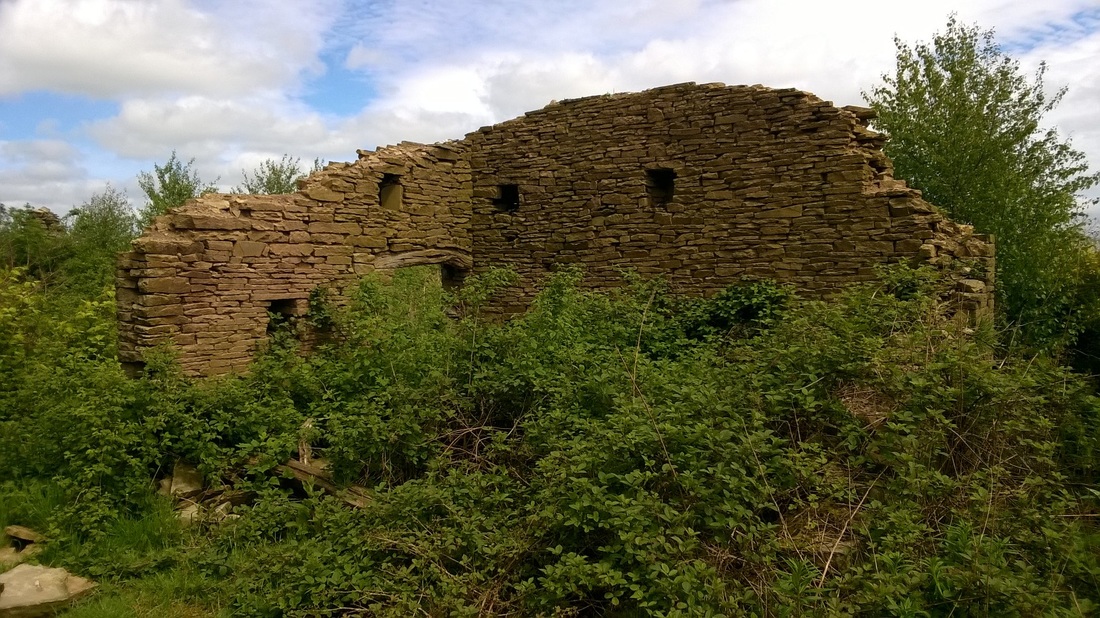
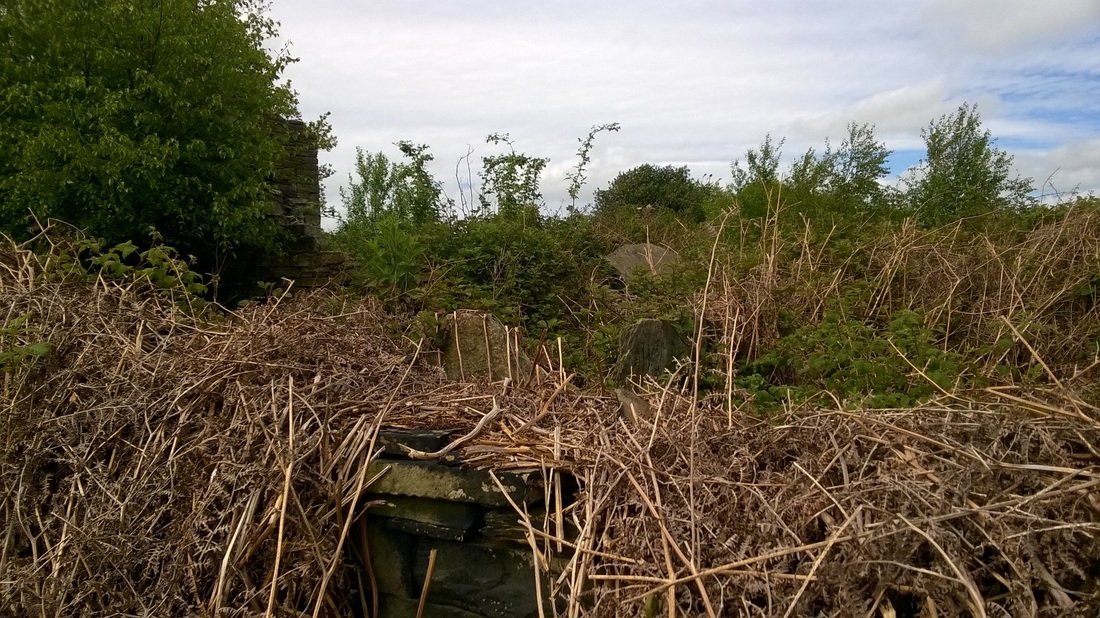
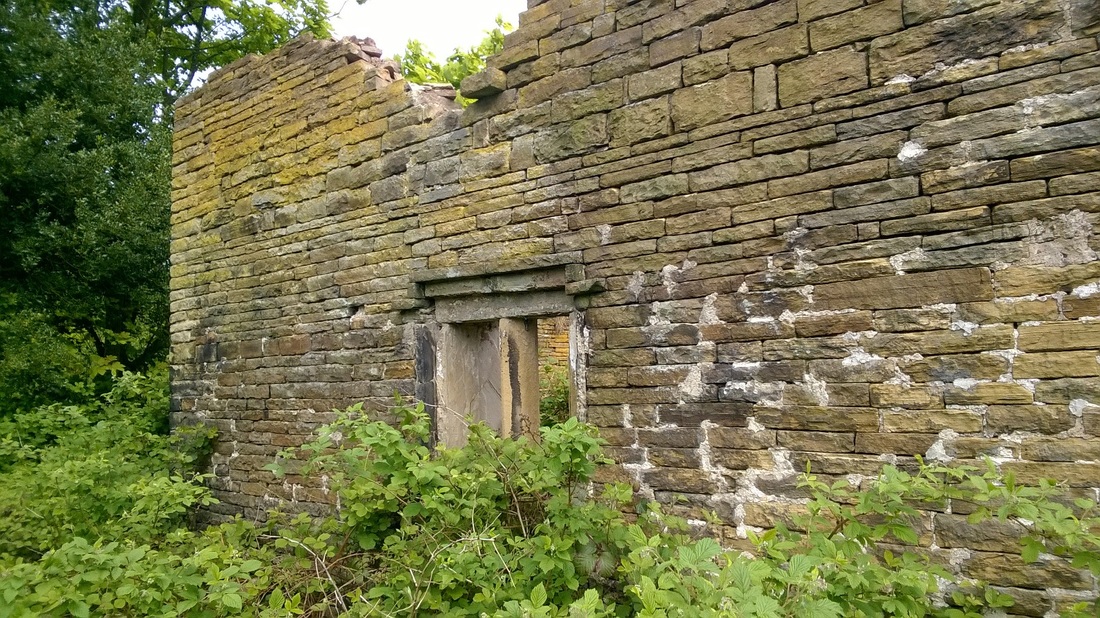
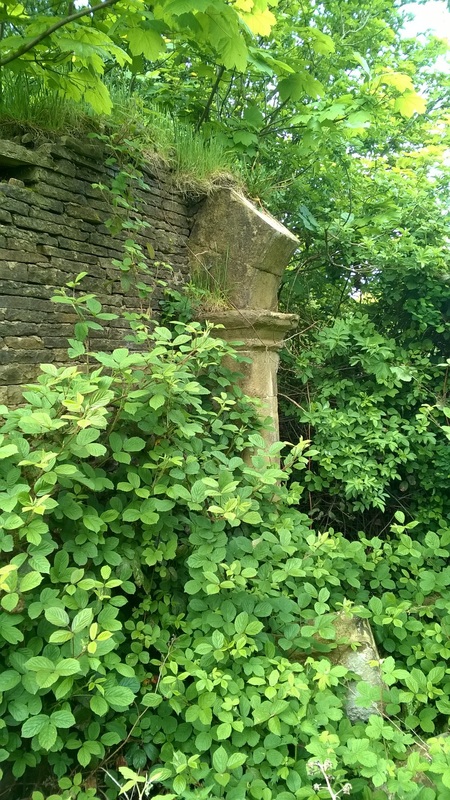
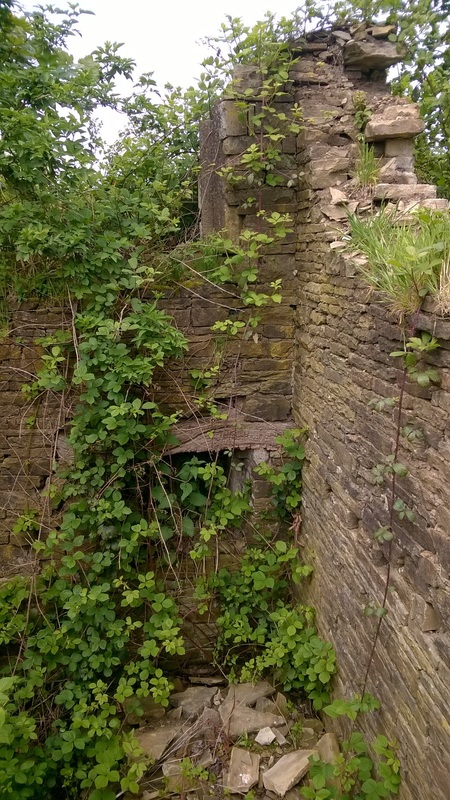
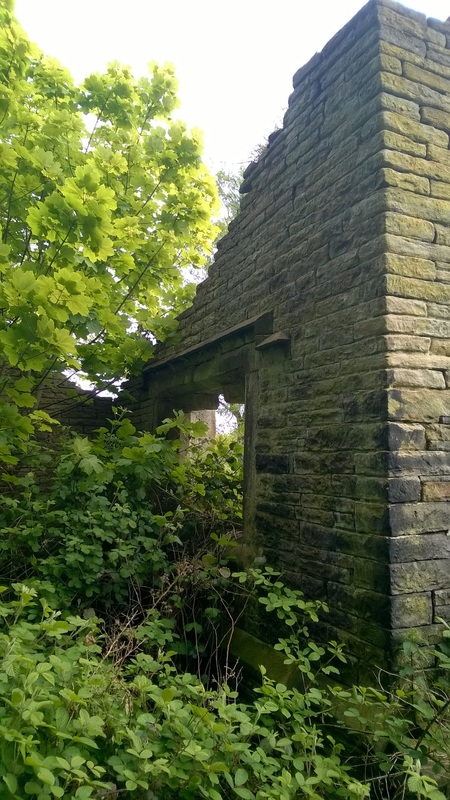
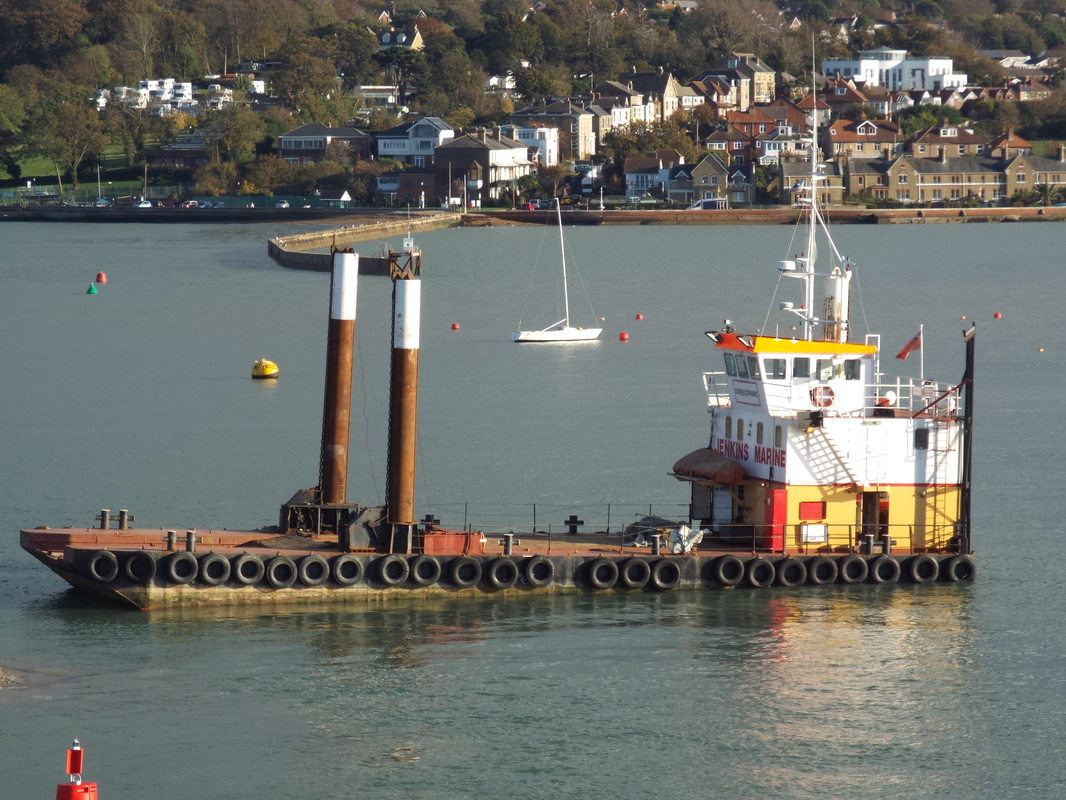
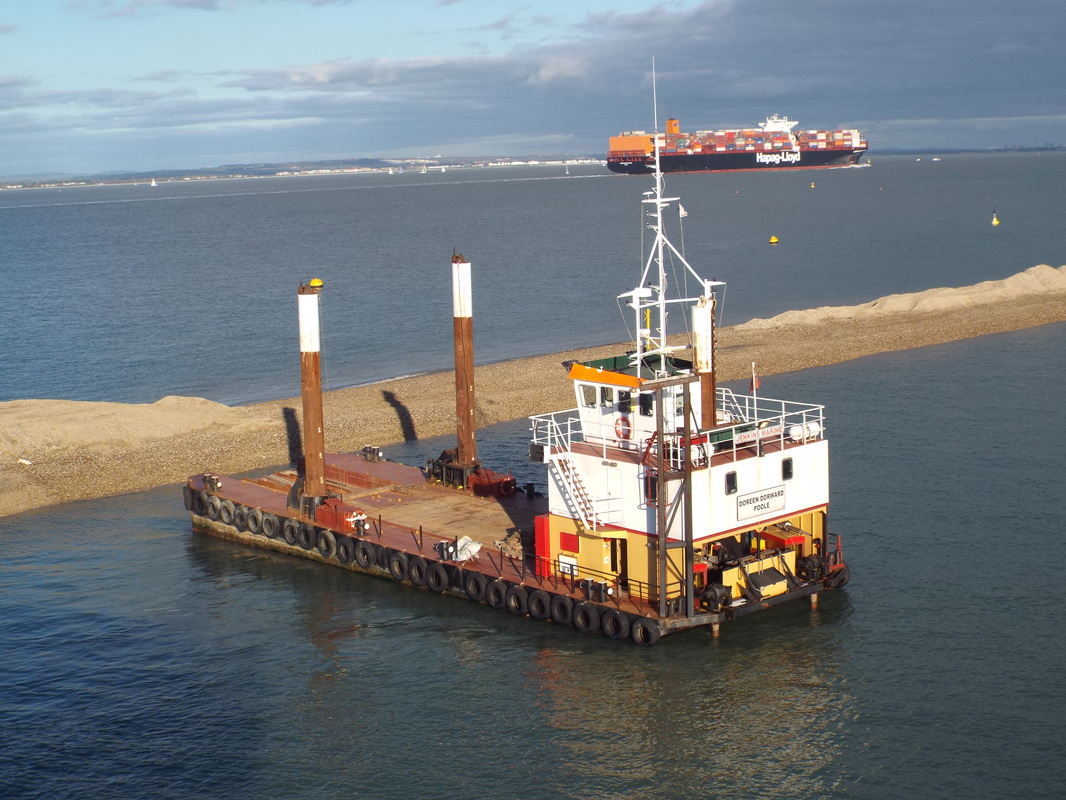
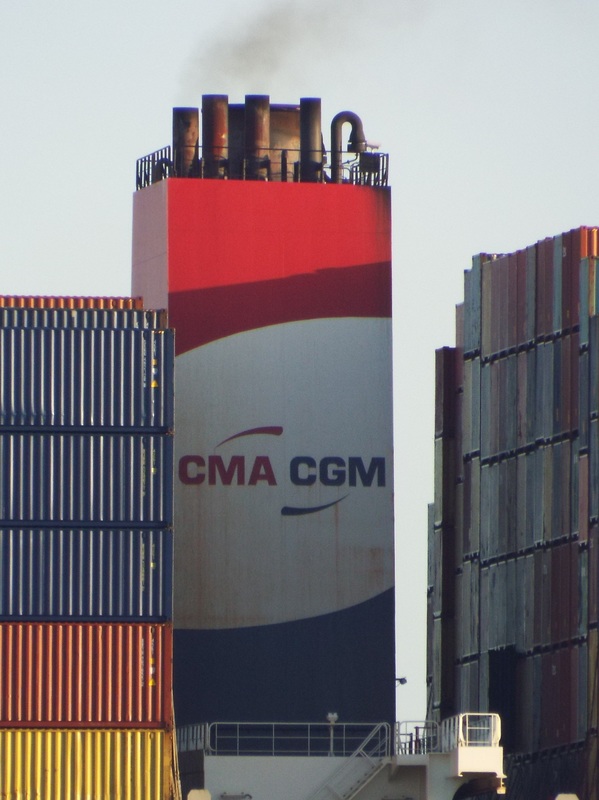
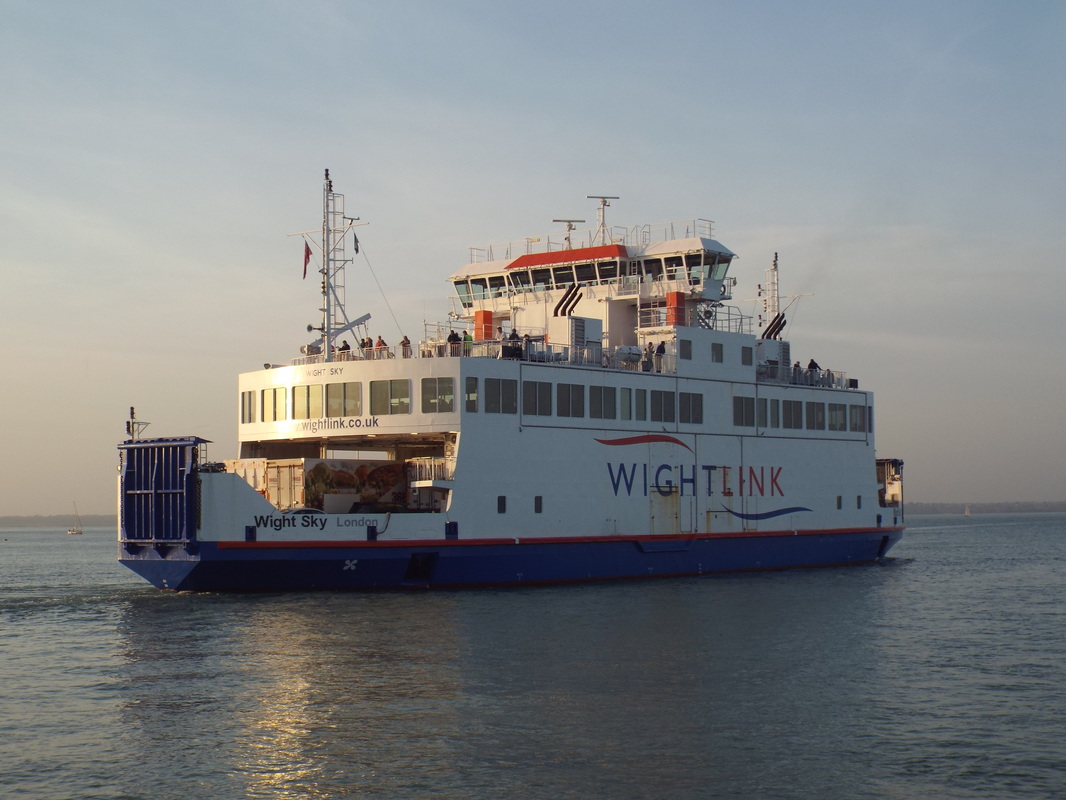
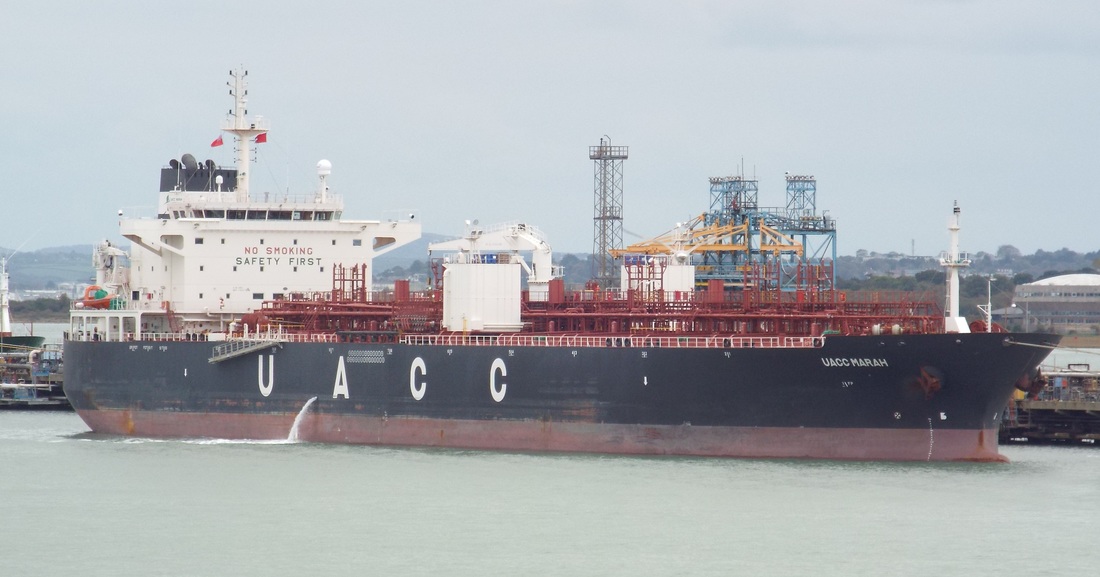
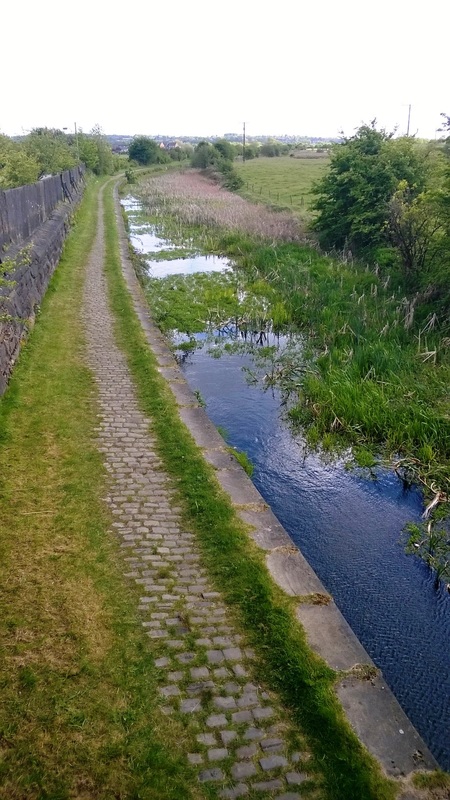
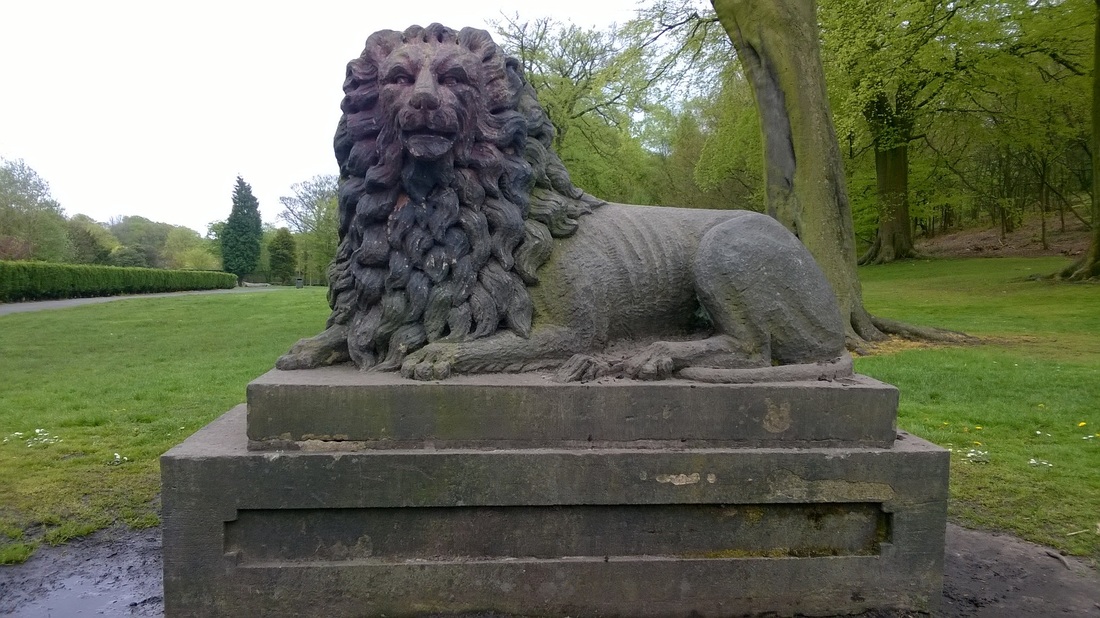
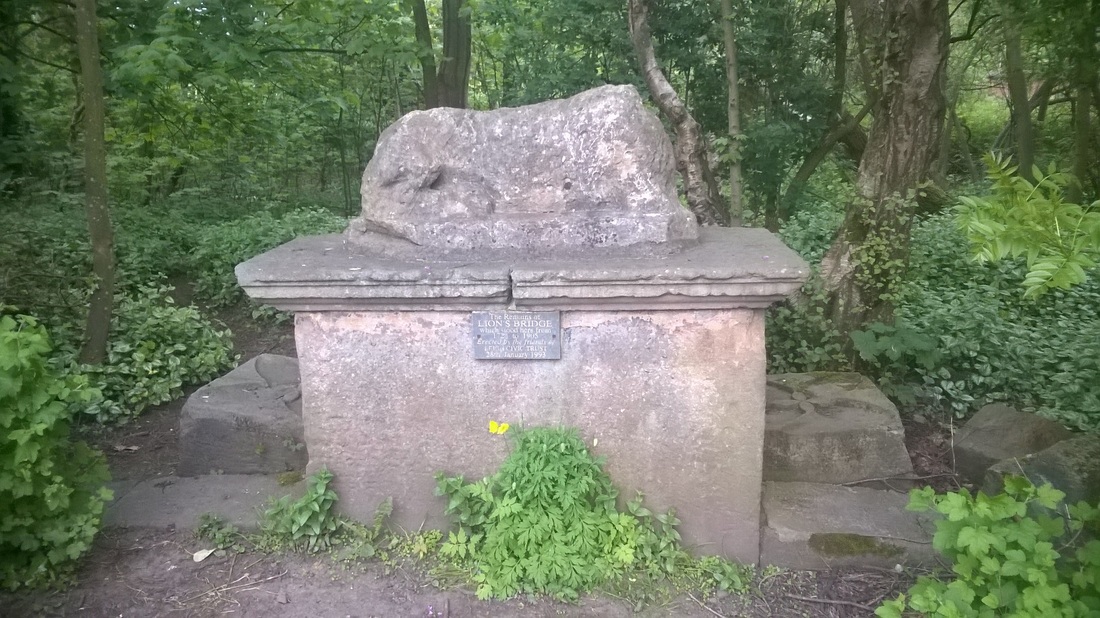
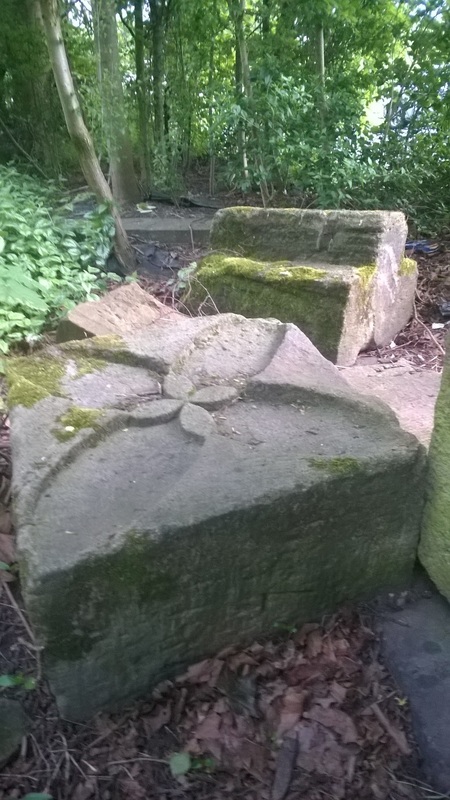
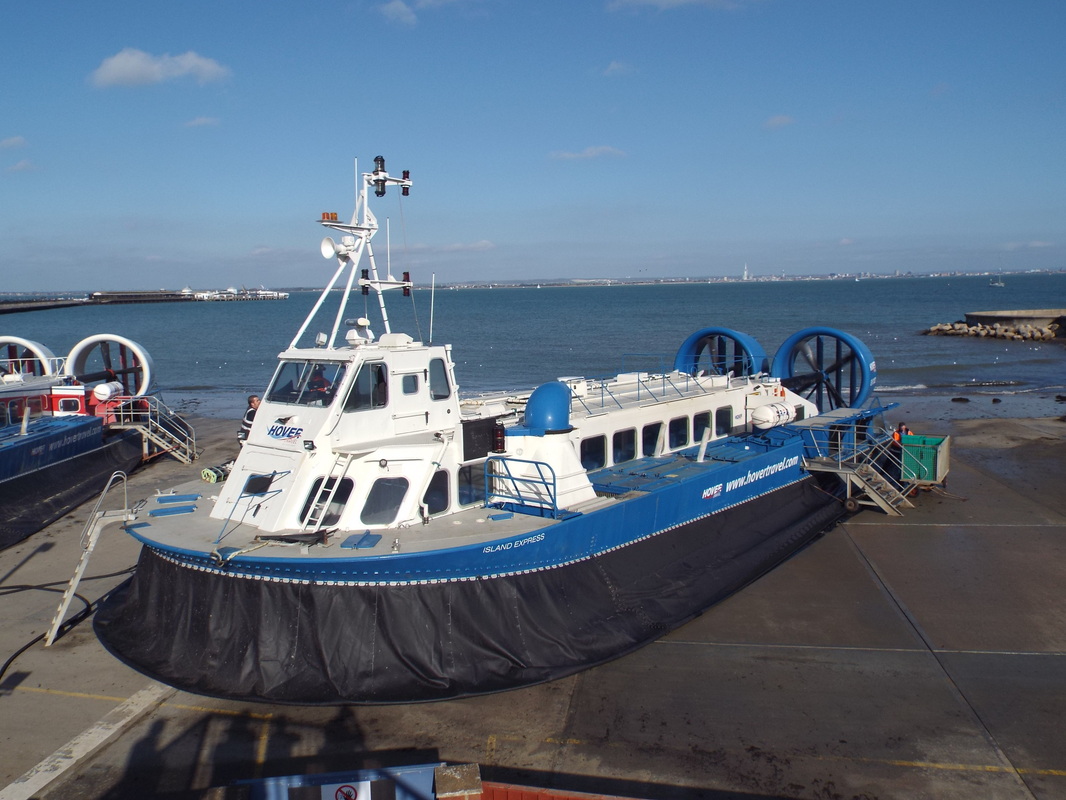
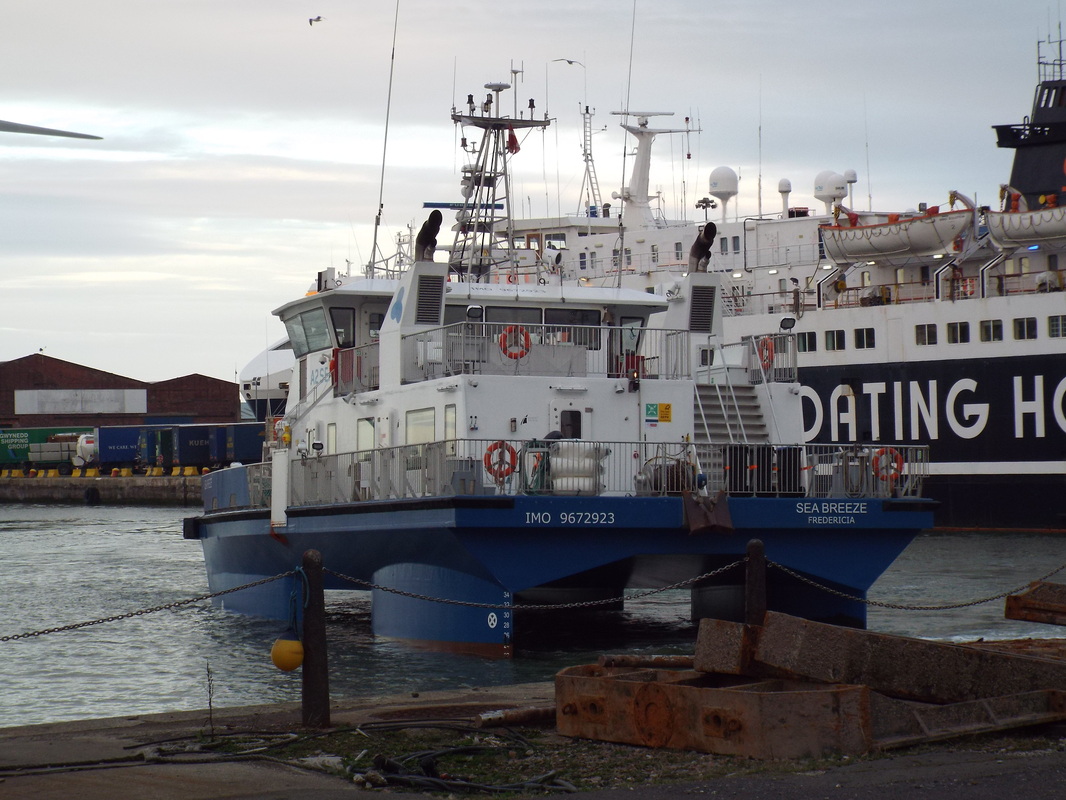
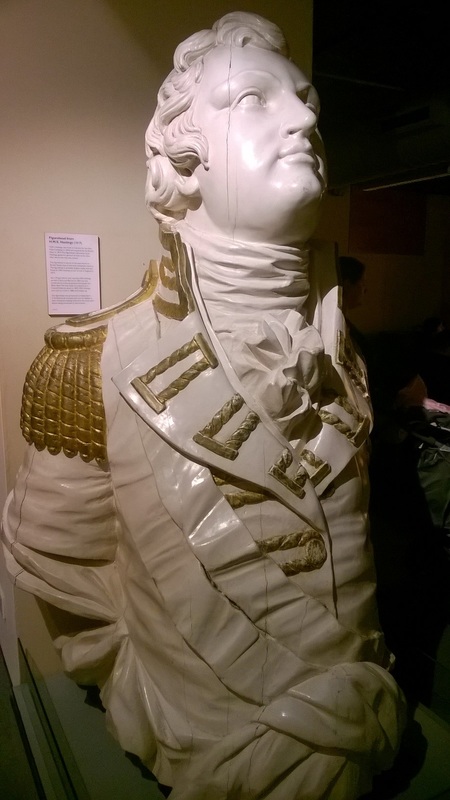
 RSS Feed
RSS Feed
